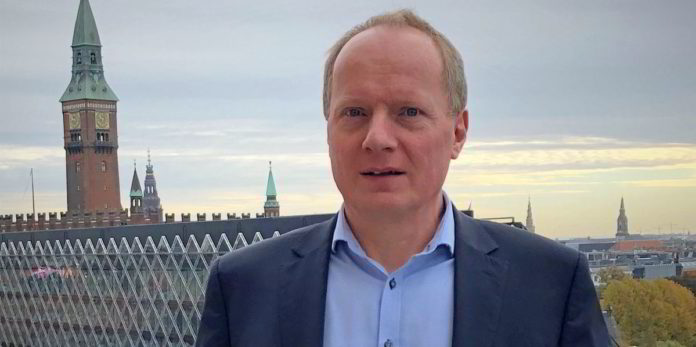The Danish Seafood Association has said that it would have preferred that the time span allocated to stiffening, were purely subject to sector-specific HACCP (Hazard Analysis and Critical Control Points) standards.
On Thursday last week, the European Union amended its regulations on the hygiene of food of animal origin, introducing a standardized 96-hour limit on the “stiffening” process used in salmon processing.
This process involves cooling freshly filleted, skinned, and smoked salmon to temperatures between -4°C and -14°C, which facilitates easier slicing and helps inhibit harmful bacteria like Listeria monocytogenes, thereby enhancing food safety and reducing waste.
Traditionally, the duration of the stiffening process was flexible and governed by sector-specific Hazard Analysis and Critical Control Points (HACCP) standards. These standards provided the necessary flexibility for large-scale operations while ensuring compliance with EU hygiene regulations. The new regulation represents a significant shift from these practices, which the industry argues have long been proven safe and effective.
What is the stiffening process and why are EU changes to the laws around it so controversial?
The Danish salmon industry, represented by the Danish Seafood Association, has told SalmonBusiness that its preference has been to maintain the flexibility of the stiffening process duration based on HACCP-controlled measures within individual companies, limited to the shortest time necessary to complete the processing step.
Although the Danish Seafood Association have supported the 96-hour limit in recent negotiations, they are calling for the possibility of extending this to 144 hours, Director Poul Melgaard Jensen told SalmonBusiness. “This extension would be allowed only if justified by individual HACCP-based documentation and approved by competent regulatory authorities, aiming to balance stringent safety standards with operational practicality in the salmon processing industry.
Poland and Denmark are two of the largest salmon processors in Europe, collectively supplying about 60% of the smoked salmon in the European market. Along with the USA, Poland and Denmark were the largest markets for Norwegian seafood exports in 2023.

